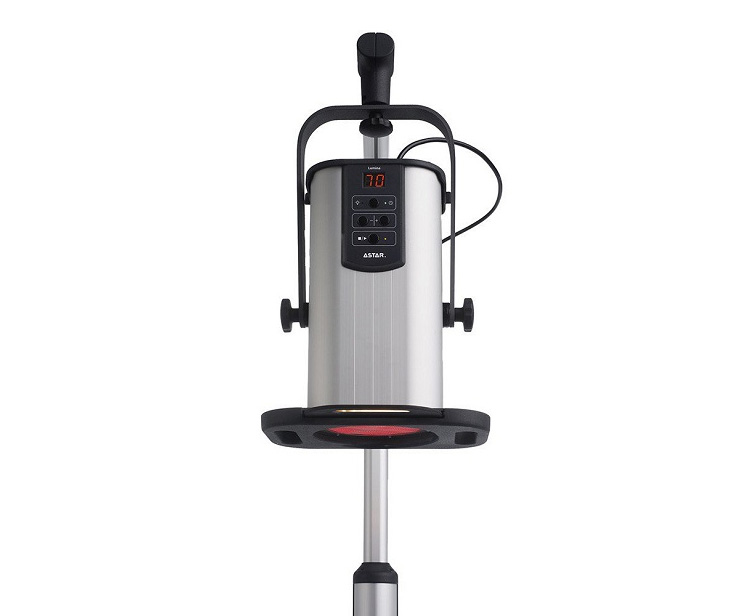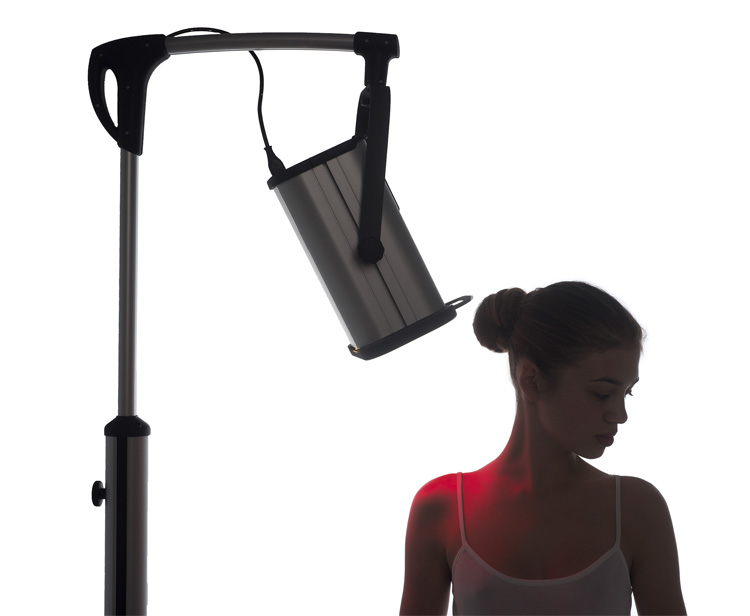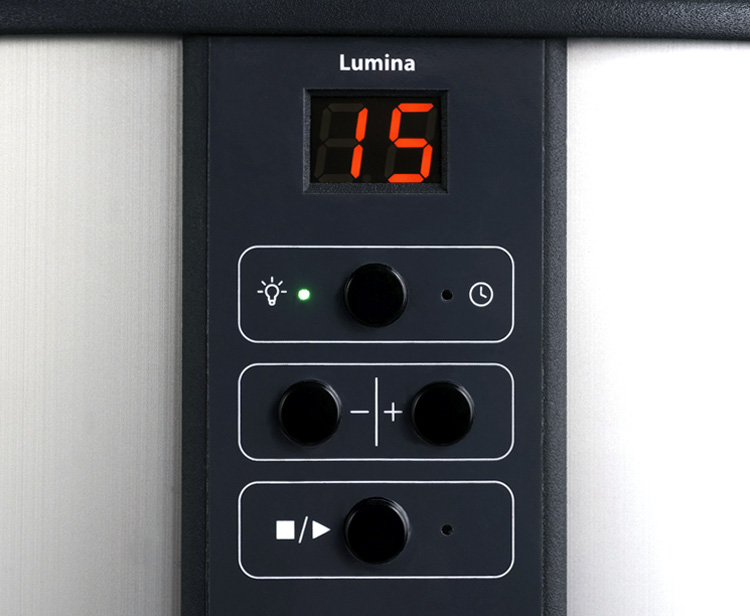Description

How do IR-A and IR-B help patients?
Tissue overheating occurs through radiation without direct contact and energy conduction.
Radiation in the IR-A and IR-B range effectively affects muscle relaxation and increases local blood supply. This effect translates into improved tissue nutrition and increased metabolism. The relaxation effect is very commonly used in physiotherapy centers as a preparatory phase for both therapeutic and relaxing massage.
Infrared radiation is widely used as a pre-treatment before post-isometric relaxation and muscle stretching, joint mobilization and passive excercises in connective tissue contractures, manual massage and kinesitherapy exercises. Congestion and increase in skin temperature improve its electrical conductivity, which is an indication for performing radiation treatments before electrotherapy.
The application of radiation in the IR-A range causes thermal erythema – a local reaction occurring on the skin, caused by the expansion of blood vessels. It consists of irregular redness of the skin, formed during irradiation and disappears shortly after the treatment procedure.

Indications and contraindications to infrared therapy.
Indications for use of IR-A:
- Muscle relaxation before manual therapy
- States of increased muscle tone
- Heating of affected joints before exercise
- Subacute and chronic inflammation of the joints
- Contractures
- Scars
- Adhesions
Indications for use of IR-B:
- Neuralgia
- Hyperesthesia
- Superficial pain
- Chronic or subacute superficial inflammation conditions

Contraindications:
- acute inflammation
- peripheral circulatory disorders
- bleeding tendency
- acute febrile diseases, including early period of common cold disease
- chronic conditions such as tuberculosis, kidney, liver disease, anemia, cancer
- epilepsy
- pregnancy
- edema of unknown etiology






Reviews
There are no reviews yet.